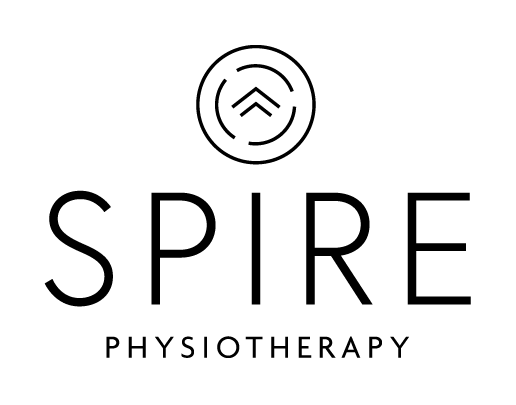HEAT VS. ICE IN A SOFT TISSUE INJURY
So you’ve sustained an injury and are wondering if you should heat or ice the area. This is a common question in the clinic, so let’s dive into the “why” behind each.
You may have heard of the acronym RICE (Rest, Ice, Compression, Elevation) for acute injury treatment. It was coined in 1978 by Dr. Gabe Mirkin, MD and was widely used for decades. However, we now know that ice and complete rest can actually delay healing and, in fact, Dr. Mirkin himself renounced RICE in 2015 (1). This is because applying ice will constrict blood vessels in the injured area, which reduces inflammation and swelling. However, inflammation is not bad! Inflammation is the first stage of the healing process and is completely necessary. By icing an area and constricting the blood vessels so that inflammation does not occur, we are effectively delaying the healing process. Are there any situations in which ice is warranted? There are, in fact, studies that show ice is beneficial for pain control. So, if you are in pain after an injury, applying ice for short periods of time (10 minutes) every 30-60 minutes is a cheap and simple way to help mitigate your pain in the first 1-2 day(s) (2).
Now how about heat? Heat helps to increase blood flow to an area by dilating the. vessels. This can help with the healing process by bringing the “good stuff” - oxygen and healing nutrients, to the injured area. Heat can also help to relax the musculature and, let’s face it, it just feels good! Once the first few days post-injury have passed, heat can be a great way to help enhance tissue healing (4).
So while we’re no longer ‘RICE’-ing, a great way to remember how to treat a soft tissue injury is to give the injured area some PEACE and LOVE. Acutely, you want to Protect, Elevate, Avoid anti-inflammatories as much as possible (medications and ice), apply Compression, and get some Education from your physiotherapist regarding an active approach to treatment. A few days post injury, we can start to show those tissues some LOVE by gradually Loading, Optimizing how we think and respond to injury, promoting Vascularization (movement and heat), and Exercising (4).
Let our team at Spire get you moving again and help to ensure that you come away from your injury stronger and more resilient than before!
1. https://drmirkin.com/fitness/why-ice-delays-recovery.html
2. https://thesportjournal.org/article/the-r-i-c-e-protocol-is-a-myth-a-review-and-recommendations/
3. Bleakley C, McDonough S & MacAuley D. (2006, August). Cryotherapy for acute ankle sprains: A randomized controlled study for two different icing protocols. British Journal of Sports Medicine, 40(8), 700-705. Doi: 10.1136/bjsm.2006.025932
4. https://www.physio-pedia.com/Peace_and_Love_Principle




